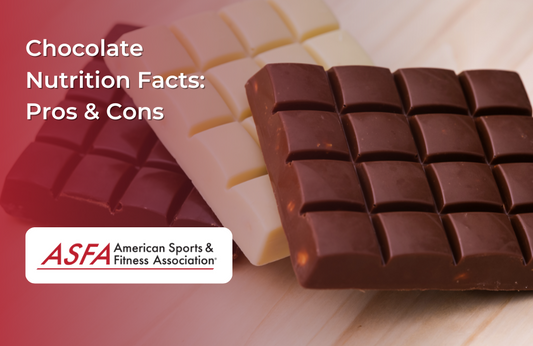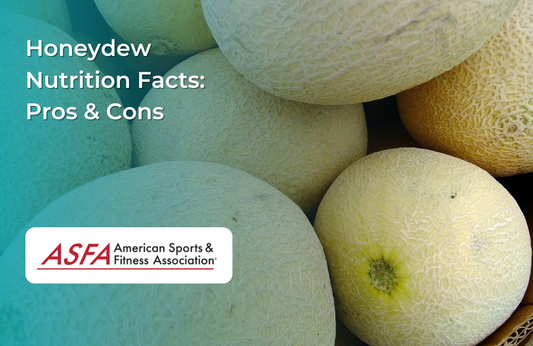If you've ever seen a professional athlete, you know that they look like they live in the gym. But what you may not know is that this is more than just vanity. It's science. Sport-specific training changes everything—from what muscles are used to how your brain functions during game time. In this post, I'll discuss why it's important for women to train differently than men (and vice versa) and how focusing on specific details can make all the difference between winning and losing at any level of play.
What are sport-specific workouts?
Sport-specific workouts are movements and exercises that mimic the physical demands of your sport. For example, if you're a runner, sprinting is a sport-specific workout because it simulates running's explosive movements and forces on the body.
For many athletes, sport-specific training can help them improve their performance in competition by improving their conditioning and strength levels so they can last longer on the field or court during matches or races. Additionally, some studies have shown that athletes who incorporate this type of training into their routines may reduce injury risk due to improved muscular strength and flexibility around joints--which helps prevent ligament tears or other types of damage to tendons or bones caused by overuse injuries like shin splints (painful inflammation along shinbones).
The difference between training and conditioning
Training and conditioning are two different concepts. Training is focused on improving a specific skill, while conditioning aims to improve overall fitness. This is because training is more specific, while conditioning is more general--training targets one thing (e.g., "increasing my vertical jump"), while conditioning aims to make you better at everything (e.g., "improving my endurance").
Is there a right way to train?
The right way to train depends on your goals. If you're aiming for a specific sport, then the best way to get there is by training in that sport as much as possible and practicing the skills required for success. The goal of this type of training is to develop muscle memory so that when it comes time for competition or practice, it feels natural and easy--you don't have to think about what you're doing; it just happens automatically.
If you have no idea what kind of athlete or competitor you want to be in the future (and even if you do), but still want some guidance on how best to achieve your potential as an athlete, consider taking part in an athletic development program designed specifically around helping people reach their full potential through sport-specific training methods.
Why is movement so important?
Movement is a key part of being human and a critical part of being an athlete. Movement can be broken down into three categories:
- Locomotion (how you move from place to place)
- Manipulation (how well you can use your body in different positions)
- Integration (how well these two things work together)
How does your brain make you fast or strong?
The brain is the most important muscle in your body. It controls everything that you do, from walking to running to lifting weights. The brain is a learning machine and it can be changed by experience, but it's not like a computer; it's more like a network of neurons (nerve cells) connected by axons and dendrites that send electrical signals back and forth between them. This network allows us to think, feel emotions, remember things from our past experiences--and even make decisions about what we want out of life! If you have ever tried something new or gone through an emotional experience that changed who you are as an individual then chances are those memories were stored somewhere inside your brain.
Why are women's bodies different from men's bodies?
Women's bodies are different from men's because they have to carry a child. Women also have less testosterone and more fat mass, in addition to having less muscle mass overall.
The main reason for this difference is that women have specific needs for their bodies during pregnancy and after giving birth--and those needs change over time as the child grows older.
You can improve your game by focusing on the right details.
There are many ways to improve your game. Sport-specific training is one way that helps athletes of all levels improve their performance. A sport-specific workout focuses on the aspects of an athlete's body and mind that are most directly related to their sport. For example, if you play basketball, then you should focus on improving your shooting skills because this will help you score more points during games.
When it comes down to it: if we want better results from our physical activity, we need better movement patterns! Movement matters because it's how we get from point A (wherever) through space into position at B where we actually execute our technique with intensity or power before returning back again towards point A in order for another repetition cycle could begin again without any hindrance by fatigue or injury risk factors present within those movements themselves due such factors as improper technique execution causing excessive strain upon joints/ligaments etc., which over time could lead up towards chronic conditions like arthritis later down years ahead once these repeated motions become habitualized within one's daily routine activities such as walking around town shopping groceries carrying groceries home unpacking groceries putting away groceries cleaning dishes washing clothes cooking meals making coffee driving car taking subway train walking upstairs downstairs upstairs upstairs downstairs stairs fast slow fast
Conclusion
In this article, we've covered the basics of sport-specific training and how it can help you improve your game. We hope that you now have a better understanding of what sport-specific workouts are and how they can benefit your performance. If you're looking for more information about how to get started with these types of exercises, check out our other articles on this topic!





